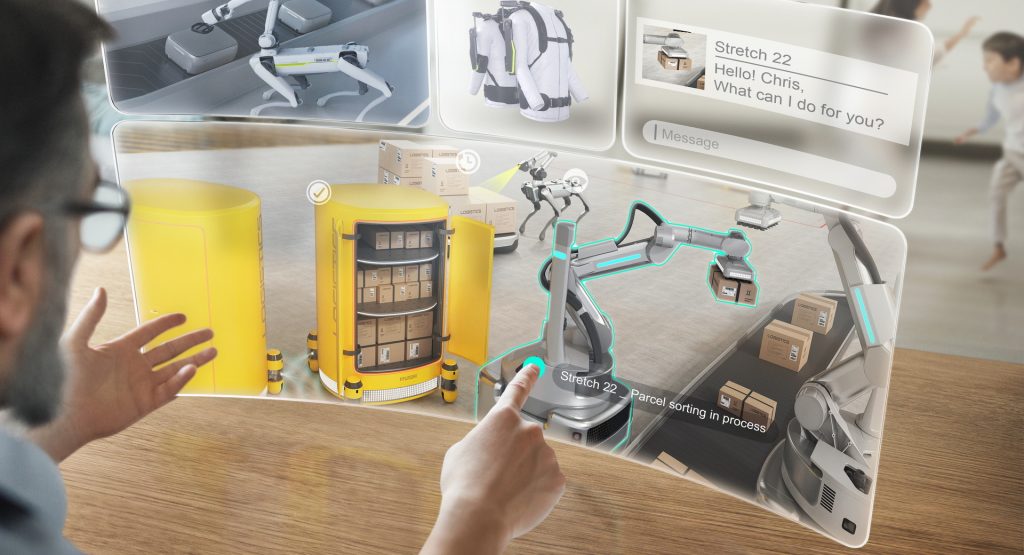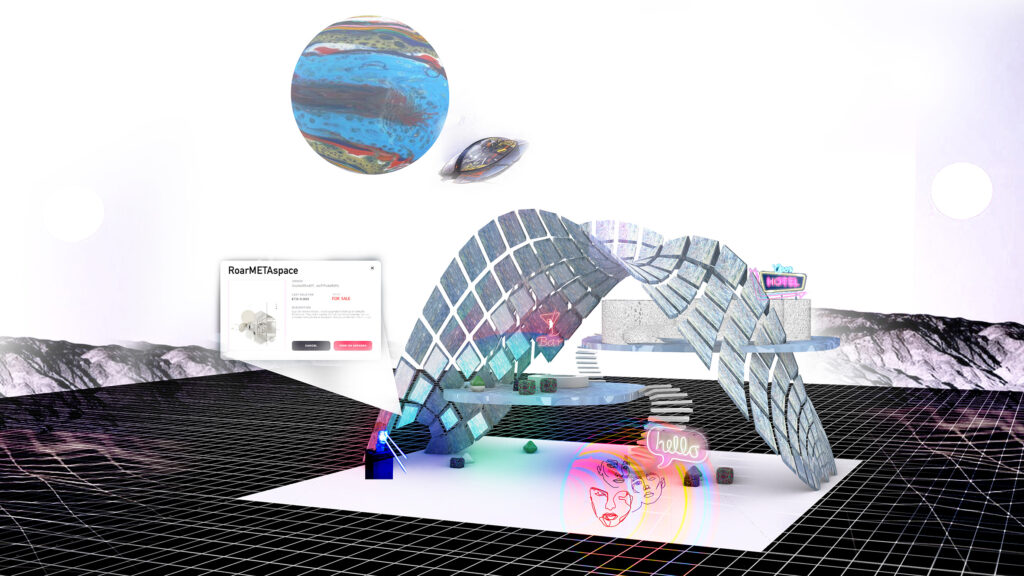How the Metaverse is Transforming the Workplace

The Metaverse is expanding in ways that were unimaginable before the start of the pandemic. As we navigate through an ever-changing environment in the workplace, brands are still seeking solutions for their infrastructural challenges and capitalizing on emerging opportunities that have risen from remote and hybrid work.
Since its announcement, the Metaverse has rapidly left its mark in everyday life, mainly as entertainment. However, it took a global lockdown for it to speed up its acceptance by the workforce. It forced many companies to reevaluate their operations, as many brands flocked to a fully remote company to meet their operational needs.
Brand executives are now recognizing that we are entering a new era of work collaboration, which has forced many to evolve from the standard business practices we are all accustomed to. Challenges are presented in finding talent, the rise of hybrid work, and the looming inflation. Many brands are looking for ways to improve their experiential marketing, entertainment, and events operations. Therefore, it begs the question, how can companies adapt to workplace trends and utilize the tools of the metaverse to build stronger relationships with their employees? FGPG will walk you through the latest updates the workforce is experiencing with the integration of the metaverse.
A Shift in the Workforce
The height of the pandemic forced many to ponder their priorities. How they want to work, how to stay productive, how to stay efficient, and with whom. Research from Future Forum uncovered that seventy-eight percent of global knowledge workers now want flexibility where they work. A progressive solution for the future points towards the metaverse, as the tech would allow companies to offer their employees the opportunity to work flexibility while meeting the business’s needs.
Not only does this approach serve as a perk for brands, but it also helps employers diversify their job searches and will be able to recruit talent from all over the country and the world. It will open doors to fresh new ideas and innovative approaches that would not have been possible otherwise. As the shift in the workplace continues, we learn from the latest trends, and ultimately those that don’t evolve risk being stagnant.
Web 3.0 and the Metaverse Offer Endless Opportunities For Brands
One of the biggest concerns behind working remotely is whether people are present online but may not necessarily be engaged. The metaverse mission is to solve this problem by implementing technology that focuses on people first versus conventional collaboration tools that may not serve any value to the audience or the brand. Essentially, the goal would move away from scrolling or spectating to exploring and interacting. A recent Lenovo survey of 7,500 working adults showed that 44% of employees are prepared to work in the metaverse. Some are unwilling (20%), but 35% are neutral or unsure.
Although the metaverse has not ultimately launched, its infancy stage can still benefit brands through early adoption to stay ahead of the curve. Some brands have begun their adoption by utilizing it for onboarding and assembling remote workers. Other brands are creating areas for collaboration between employees and teams, for instance, BMW’s future factory. Hyundai developed a metaverse experience, as an R&D platform for their training, to comprehend how an employee’s experience in the metaverse may look.

Learning and training will be transformed through ‘hands-on’ multi-participant training simulations. From virtual reality (VR) to significantly more engaging web3 experiences that deliver ‘hands-on’ training and personalized interactive scenario planning via VR training for surgery or extended reality (XR) training for the aerospace industry.
Working in the Metaverse Encourages Collaboration & Experiential Engagment
The distance can be an obstacle for most brands, whether because of a global pandemic or because your client is in another country and cannot make the trip. Some may even argue that video calls over Zoom or Microsoft Teams don’t provide the social necessities to engage and cooperate effectively. On the contrary, the metaverse serves to gather teams together in a shared space to encourage collaboration and creativity.
More importantly, in the metaverse space, you are presented with live feedback between teammates, allowing for swift adjustments that save capital and time. For example, an architecture firm could develop a live render of their client’s building in the metaverse, giving the client the power to explore the building. You are limited when looking at 3-D models, but it is a whole other experience to be inside the 3-D model.

Adapt or Fall Behind
The list would be endless as we contemplate all the brands that closed their doors due to the inability to keep up with the rapid change in technology innovation. Adding the transformation of the economic climate from a global pandemic will test every company, and only those with the competitive advantage will carry on. This theory, known as creative destruction, conveys how innovation allows progressive companies’ brands to replace organizations that have remained stagnant and did not stay up to date with the latest trends.
The best way companies can learn to stay competitive and adapt to shifts in the market is by following the tech industry. In this industry, businesses constantly transform their brands to remain competitive and surpass their competition. Today, the metaverse has sparked a race between tech companies to develop the newest online tech and has become the focal point of the future.
We are a unique collective of ambitious makers, doers, and dreamers that work as one to push forward the power of what’s possible.
FG|PG was founded nearly 21 years ago. Today we’re one of the largest woman-owned, WBENC Certified, live, hybrid and virtual experiential agencies in the US. That trajectory isn’t accidental. It’s the result of a commitment to continually evolve, to never stop learning, and to always listen to our clients’ needs.